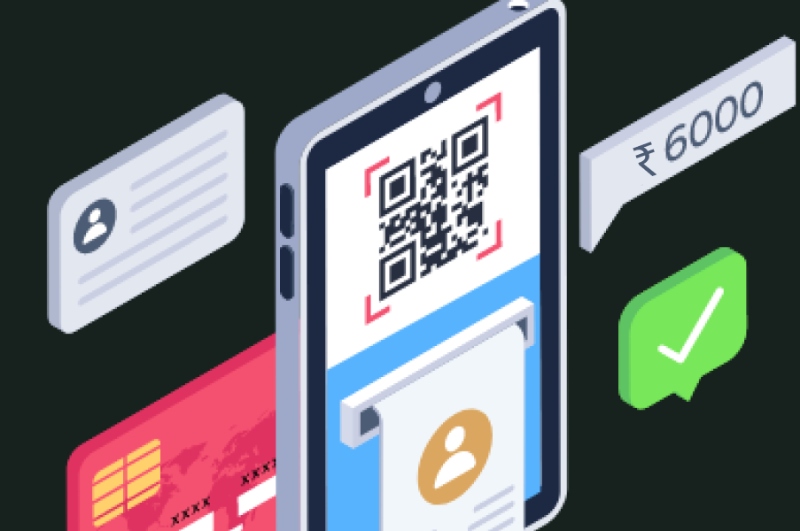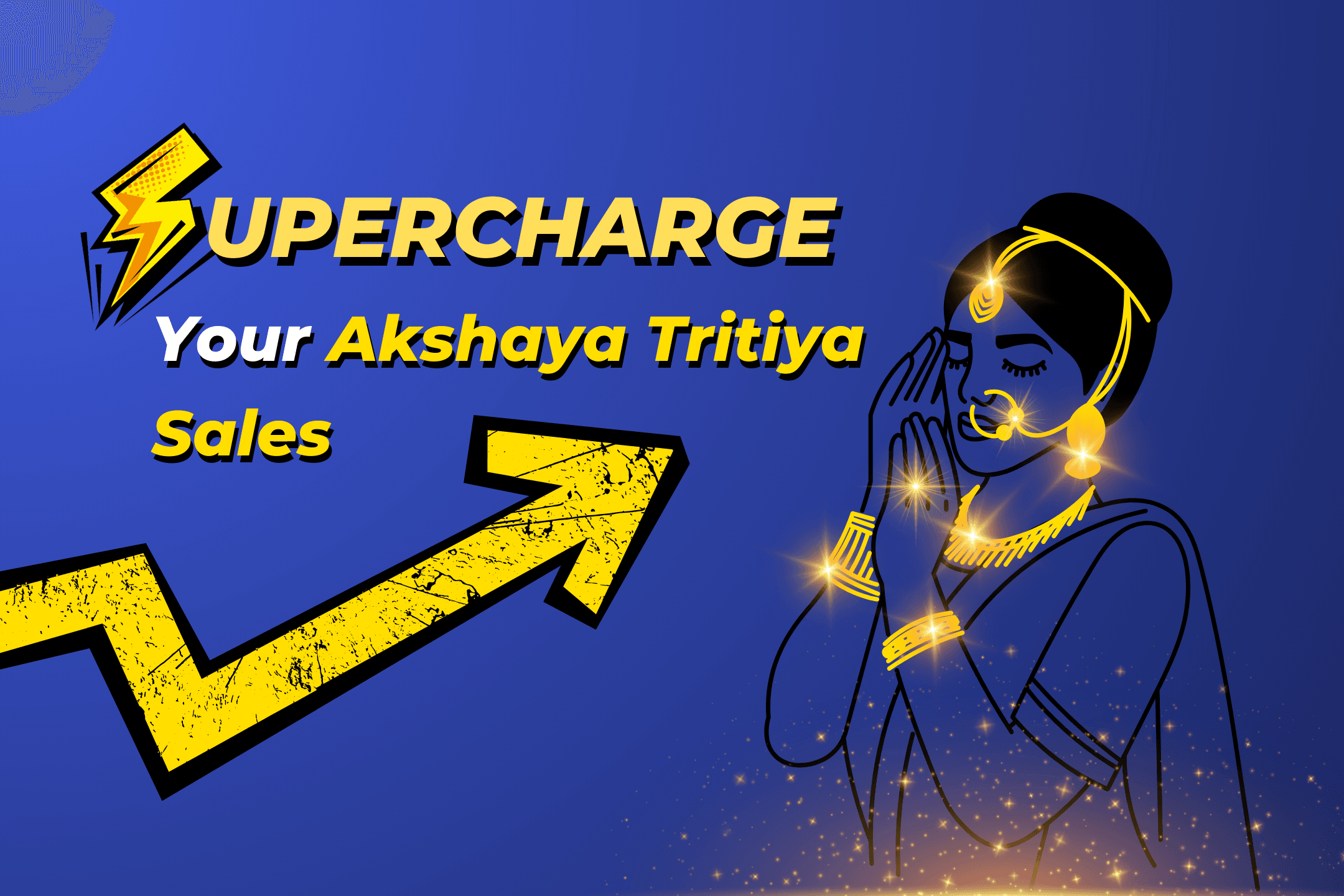
Introduction to UPI in India
The National Payments Corporation of India (NPCI) launched the Unified Payments Interface (UPI) in April 2016 as a real-time payment system. An inter-bank transfer system allows instant money transfer between two bank accounts using a mobile device. UPI is an open-source platform that allows any bank or fin-tech company to integrate its services and enable transactions for its customers.
UPI's Exponential Growth and Widespread Acceptance
Since its launch, UPI has emerged as the fastest-growing payment mode in India, with over 3.3 billion transactions worth over Rs. 6.4 trillion ($86 billion) processed in March 2021 alone. Consumers and merchants alike have widely accepted the system due to its user-friendly and straightforward process. Transactions necessitate only basic information and a virtual address, making it effortless for end-users.
Unique Features of UPI in India
UPI's success has caught the attention of many countries and global tech giants looking to create a similar platform for their customers. However, s the UPI system in India stands out.
First, UPI is an open-ended platform that allows any technology company or bank to integrate it into their platform or app and enable their end-users to transact easily. This has enabled a wide range of businesses to offer UPI as a payment option to their customers, from small vendors to large e-commerce platforms.
Second, UPI is built on the Immediate Payment Service (IMPS) platform, enabling real-time, 24/7 inter-bank transfers. This means UPI transactions are fast, secure, and reliable, with funds transferred instantly from the sender's account to the receiver's.
Third, UPI transactions can be initiated using multiple payment methods, including virtual payment addresses (VPAs), mobile numbers, QR codes, and Aadhaar numbers. This allows users to choose the payment method that is most convenient for them and enables merchants to offer a variety of payment options to their customers.
Finally, UPI is designed to be highly secure, with multiple layers of authentication and encryption to protect user data and prevent fraud.
UPI's Open-ended Platform for Integration
UPI's open-ended platform for integration has been a key factor in its success. Any bank or fin-tech company can integrate UPI into their platform or app, and enable their customers to make and receive payments using UPI. This has enabled a wide range of businesses to offer UPI as a payment option, from small Kirana stores to large e-commerce platforms.

UPI's Multi-functional Capabilities
UPI serves a broader purpose beyond enabling transactions, encompassing several functions. Depending upon how a given company customises it, UPI can enable sharing of information on multiple levels. For instance, UPI can be used to send and receive invoices, pay bills, and even invest in mutual funds. This has made UPI a versatile platform that can be used for a wide range of financial transactions.
Upgrades to UPI for Merchant Invoicing
In its subsequent iterations, UPI has been upgraded by NPCI to incorporate attributes for aiding merchants with invoicing in addition to payments. Merchants can now generate invoices using UPI, and send them to their customers along with payment links. This has made it easier for small businesses to manage their invoicing and payment processes, enabling them to offer their customers a more professional and streamlined payment experience.
UPI's Personalized Connection for Merchants
Despite the simplicity of utilizing UPI for merchants, it provides a broader scope beyond payment transactions. Through UPI, merchants can establish a personalized connection with every customer who conducts transactions. This is because UPI allows merchants to collect information about their customers, such as their email addresses and mobile numbers, which can be used to send promotional offers and other marketing messages. This personalized connection helps merchants build brand loyalty and create a better customer experience, which can lead to increased sales and revenue.
The Future of UPI in India and Beyond
Given UPI's exponential growth and widespread acceptance, it is expected to continue dominating the digital transaction space in India for the foreseeable future. The Indian government has also been pushing for the adoption of digital payments, with initiatives such as Digital India and the demonetisation drive in 2016. This has created a favourable environment for UPI and other digital payment systems to thrive.
The unparalleled success of UPI has also caught the attention of global tech giants such as Google, who have proposed recommendations to the US Federal Reserve Board to create a similar platform for comparison. This highlights the potential of UPI to be adopted as a global payment system in the future.
Why Zithara?
At Zithara, we’ve solved that unique problem. Merchants and customers are now comfortably and intuitively using UPI technology. So, with no additional technology, registered merchants at Zithara (ZiMerchants) and their customers can perform the following actions:
1. Make a payment and Receive a payment
Customers can use the Zithara QR code to make a payment from their preferred UPI app.
2. Initiate a cashback to the customer
With Zithara’s QR code, the merchant can give a customised ZiCoin cashback based on the bill value of the customer.
ZiCoin is Zithara’s cash-replacement reward, which enables customers to extend their cash value to buy additional products and services.
ZiMerchants have successfully encouraged their customers to spend more (with an effective increase of 40% in average bill value), and have seen twice the number of repeat purchases.
To register as a Zi-Merchant, click here

